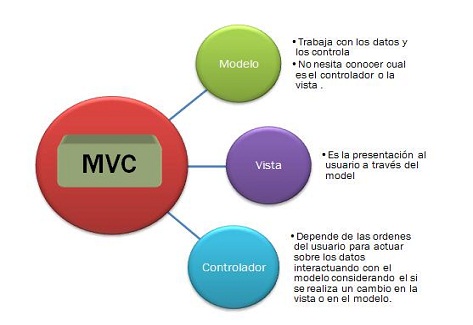
The ASP.NET MVC with Angular is a web application framework developed by Microsoft/Google, which implements the model–view–controller (MVC) and AngularJS pattern. It is open-source software, apart from the ASP.NET Web Forms component which is proprietary.
Angular JS is (yet another) client side MVC framework in JavaScript that has caught the imagination of the web world in recent times. It was created by a group of developers at Google when they realized that their project (Feedback) had become too unwieldy and needed a cleanup. The three weeks effort at that cleanup lay seed to what is now known as AngularJS. Of course AngularJS was thrown open to community and since then has garnered a vibrant community and a boat load of features.
For this article, we could have done the entire code walkthrough without any server side component and some hardcoded client side data, but that’s too far away from the real world. So we’ll get some data from the ethereal data stream, that is Twitter, and display it in our Application demonstrating the concept of model binding and directives in AngularJS.
The name "MVC with AngularJS" was inspired by musical notation where a sharp indicates that the written note should be made a semitone higher in pitch. The formal programming concept of objects was introduced . The MVC with AngularJS source code was released
Great AchievementAsp.net MVC Introduction
Visual Studio Project Templates
Controller & Actions
Views
MVC Pattern and 3-Tier
Razor View Engine
Routes & URLs
Helpers
LINQ Fundamentals
Entity Framework Fundamentals
Mock Tests & Assignments
Each Module will be followed by objective mockup tests and practical assignments which help you to monitor your learning progress and Evaluate yourself.
Support Any Device such as Desktop,Laptop,Mobile, on Any DeviceYou get 365 days access to the Learning Management System (LMS). This includes video, course material, exercise files and ppts used during the session.
24x7 SupportCustomer is responsible for paying all Federal, State and Local Taxes.
ContentE-Learning Center does not guarantee the accuracy of the content. E-Learning Center is not responsible for any issues that may arise as a result of information that is received from our courses.
Payment TermsIf we discover an error in the price of courses purchased, we will inform you as soon as possible (e.g. prior to the course being assigned). We will provide you the option of reconfirming your order at the correct price or cancelling it. If we are unable to contact you we will treat the order as cancelled. If you choose to cancel and have already paid for the goods you will receive a full refund.
Kindly do not share your Credit/Debit card details to anyone.
For direct cash transfer, only use our bank account name (payable to Indeed Prime ShinePrivate Limited). Do not transfer cash to any other account.